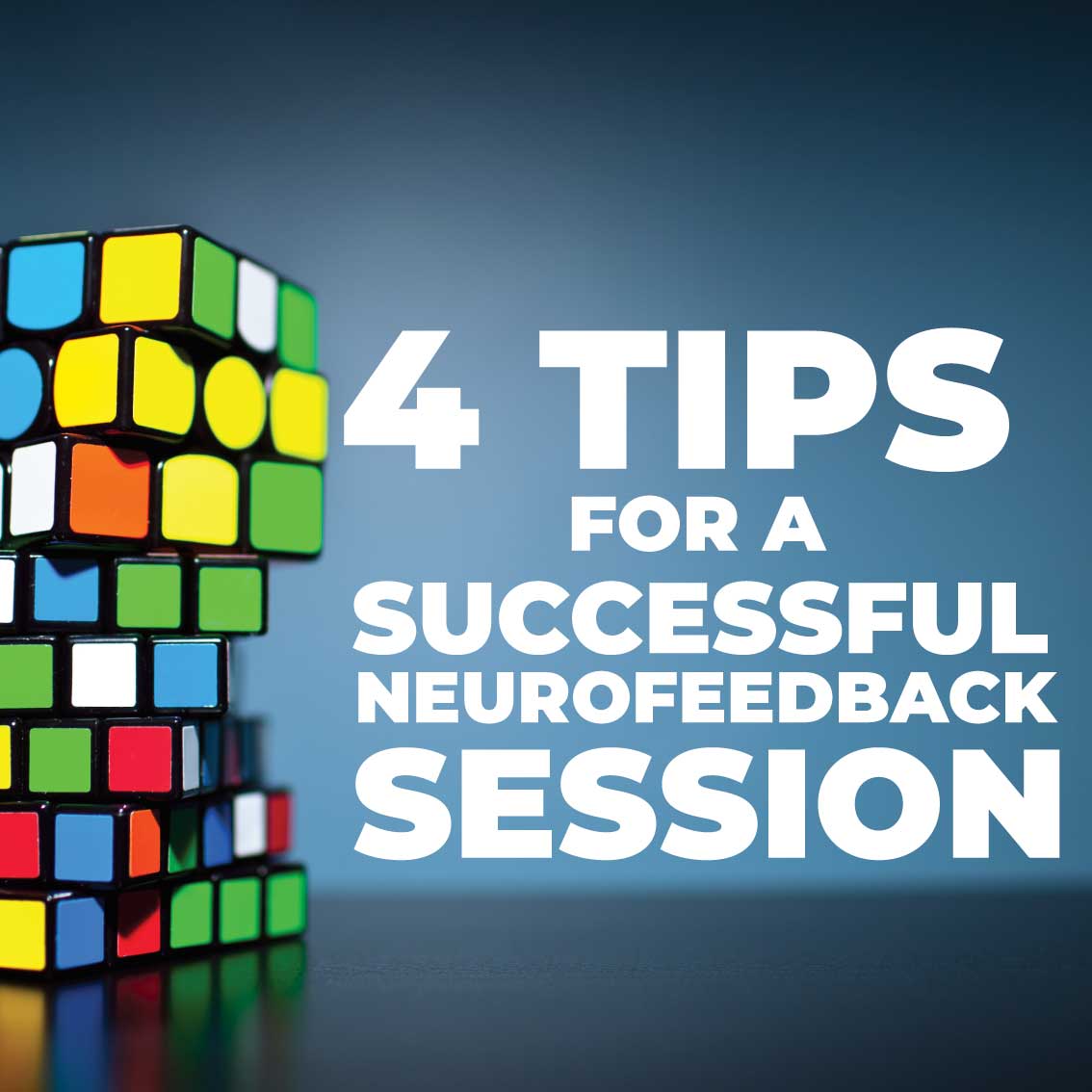4 tips for a successful neurofeedback session

4 tips for a successful neurofeedback session
As a parent, you likely do a lot of research before trying any medical or interventional modality for your child. You probably seek information, reviews, and studies on the topics you are considering. Now you have done your due diligence and found something that promises to help your child overcome their difficulties - neurofeedback. You are excited and eager to see how much it can assist your child.
However, even when parents feel entirely confident in having their kids try neurofeedback, children sometimes are not so ready to give it a go. If you are worried that you won’t be able to get your kiddo on board (or, rather, in the neurofeedback chair), here are four helpful tips that have been successful in my practice:
Train yourself first. Your child may feel nervous or apprehensive about having sensors attached to their head and ears. You can demonstrate how safe and even enjoyable the process is by doing your own session first. When a parent brings their child to my office for the very first time, I often offer a mini-session to the parent. This trial run not only allows the parent to experience neurofeedback for themselves but also buys some time for the child to acclimate to the office and relax. If you are using a rental system for home use, I encourage parents to train their own brain in a visible place where their child will see them. Before too long, kids will be begging you for their turn.
Let the child choose an activity. Most adults look forward to relaxing in a comfortable chair with meditative music playing during the NeurOptimal® session. Kids, on the other hand, may not be able to sit with only the music for the full 30 minutes, especially in the beginning. I encourage parents to let their children use whatever toys, books, or crafts they like. As long as they are hooked up correctly to the NeurOptimal® system, they can draw, color, read, or play with a fidget toy. At first, some children want their parent to stay next to them during the session. Eventually, children feel more comfortable and don’t mind if their parent isn’t attached at the hip. The more at ease the child feels, the more likely they will agree to the next session.
Make screen time work for you. If you don’t mind your child having occasional screen time, make it an appealing part of their neurofeedback experience. With parental permission, I can switch from meditation music to a children’s movie during the neurofeedback session. If you are renting a neurofeedback system for home use, I can load some movies into the system before you take it home. Some parents even report that their kids beg for a neurofeedback session, knowing that is when they get to have screen time and enjoy their favorite movie.
Make the session a part of your child’s schedule. Many kids do not like last-minute surprises. If you are bringing your child to the office, let them know about it ahead of time. For in-home brain training, put the session into your schedule in advance. You and your child can determine the best time of day to use the system that is least disruptive to your family’s schedule. This plan also allows you to plan out the sessions so that you can take full advantage of the training.
You Are the Expert on Your Child
Certainly, you know your child better than I do. I defer to parents to let me know what will work best for their kids. If we encounter a rare circumstance in which your child absolutely refuses to participate, then you can do brain training on yourself during that session. You will be glad to reap the benefits for yourself. After all, a relaxed parent helps make for a relaxed child.
Reach out today to see how Beaverton Neurofeedback can partner with you and your family.




